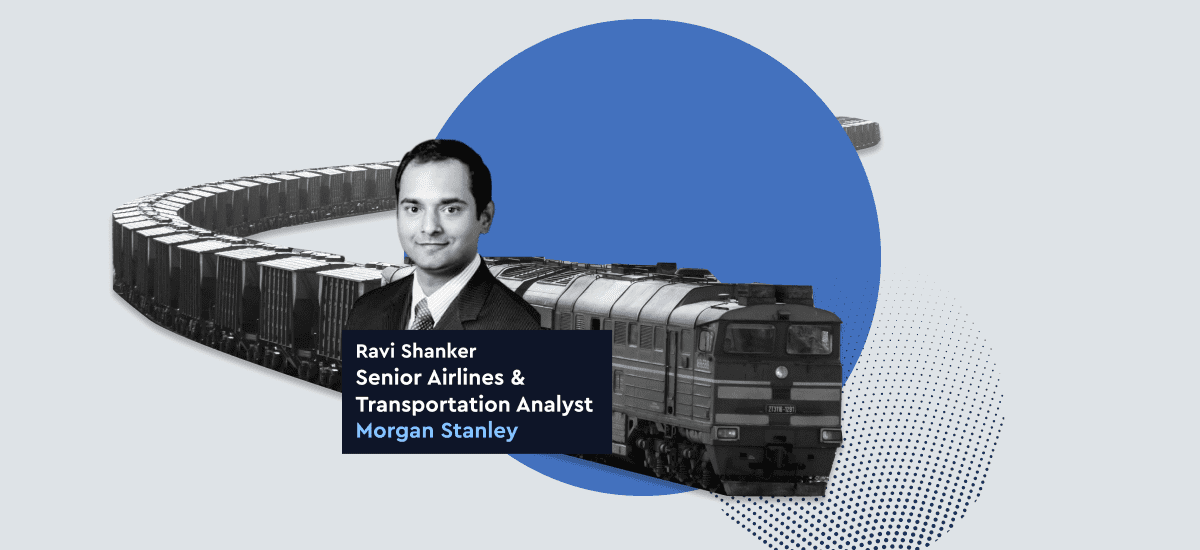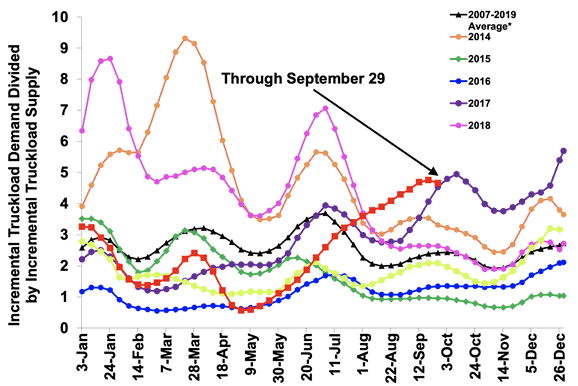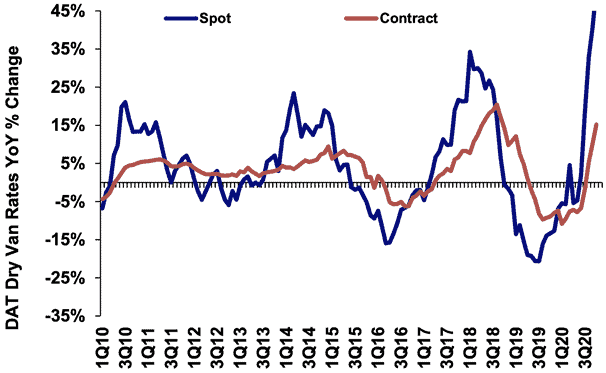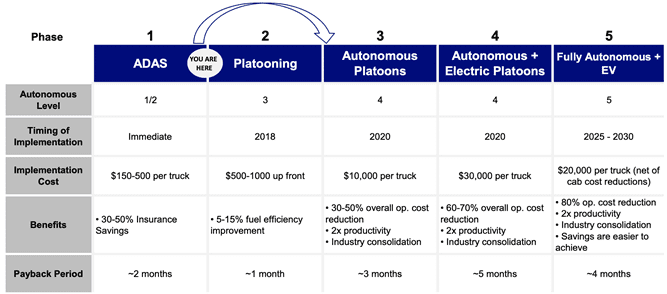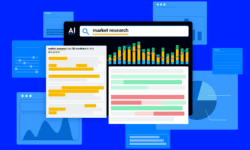This week, we sat down with Morgan Stanley’s Airlines and Transportation Analyst, Ravi Shanker, to discuss how freight transportation and logistics have evolved throughout 2020.
According to Shanker, “understanding freight transportation is like having your finger on the pulse of the U.S. economy. It is like taking a 10,000-foot view on what is happening within global macroeconomics.” Freight, which includes trucking, rails, air, logistics (and more), touches every product and manufacturing industry in the world.
The freight industry has remained fundamentally unchanged for over a century–it is an industry that is ripe for disruption. Within the last three years, though, there have been major shifts in how transportation works, due in no small part to Amazon and other disruptors.
Shanker’s message to businesses was clear: We will see a rise in freight costs, and there will be significant tightening within the next 12 months. Preparing for these changes (sooner than later) by migrating to ESG-focused, technological solutions is an essential next step. As electric trucks, blockchain, and the elimination of the “middle man” evolve, giants like Amazon will lead freight away from the traditional supply chain as we know it today.
For more analysis from Ravi Shanker and Morgan Stanley Research, login to AlphaSense or unlock free trial access. To watch the replay of Ravi’s briefing, visit the Expert Briefing page.
Trucking is Evolving
Trucking is responsible for over 75% of all goods in the United States and has a multi-trillion dollar TAM; because of its impact, trucking sets the trend for what the transportation space looks like.
Unsurprisingly, 2020 has been a chaotic year for the trucking industry. Morgan Stanley’s proprietary truckload freight index is one of the best indicators in the world of what truck cycles will look like.
Source: Morgan Stanley Truckload Freight Index | The higher a score on this index, the tighter the trucking industry is, meaning demand is very high or supply is very low. The red line represents 2020, which started mid-cycle (as positive) especially considering that 2019 was a freight recession.
Although 2020 (red line) started mid-cycle, when COVID hit, they saw a sharp drop and fluctuations throughout March, April, and May. Since then, truckload freight has tightened and demand continues to increase. Morgan Stanley analysts expect freight to surge to all-time tightness over the next 6-12 months, while GDP slowly recovers throughout 2020 and 2021.
DAT Dry Van Spot and Contract Rates
According to Shanker, if you are a business, and if you use any freight (even if you have your own fleet), you must prepare for price inflation in 2020 and 2021.
Source: Morgan Stanley, DAT Dry Van Rates vs. Contractors YoY % Change | Spot rates for freight are skyrocketing, with contract rates following closely behind. Significant inflation on freight rates will start with trucks, then flow into other methods of freight.
An Intelligent Revolution is Coming
Over the next 3-5 years, the freight market will be revolutionized by intelligent technology (electric and autonomous). According to Shanker, the first class of electronic trucks already exist, with another wave of vehicles, driven by Tesla, coming shortly. These trucks will have 500-600 mile range, will be able to recharge in 30-45 minutes, and will have autonomous capability.
This intelligent revolution, along with fuel efficiency regulation and fleet management systems, will drive a 30-50% reduction in trucking operating costs in the next 10 years. These methods are also ESG-friendly, a growing trend as tech giants like Amazon and Walmart migrate to Carbon Zero footprints.
Source: Morgan Stanley Research Estimates
E-Commerce and Technology giants, like Amazon, Alibaba, and Walmart, are also beginning to build their own logistics network. In the past five years, Amazon has built an internal logistics network that will move more packages than FedEx this year. Amazon spends a fraction of the cost of other businesses on trucking and has added the equivalent of 90% of UPS’s capacity this year alone.
Source: Morgan Stanley, Freight and Supply Chains in the COVID-19 Market
Both transportation players and shippers need to capitalize on new technology within the freight industry. But how can they adapt? Find out by reading Ravi Shanker’s research within AlphaSense — log in or unlock free trial access now.
